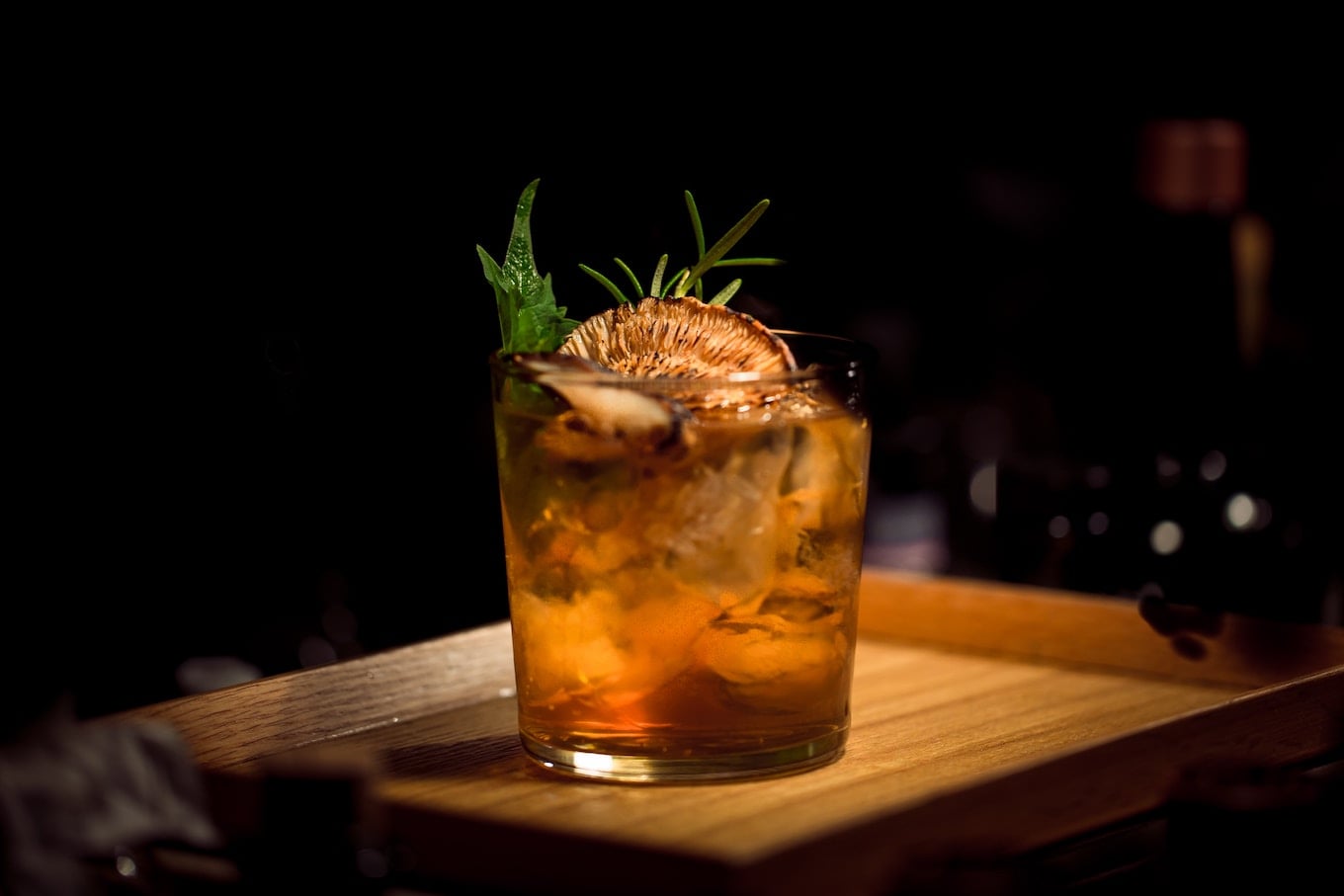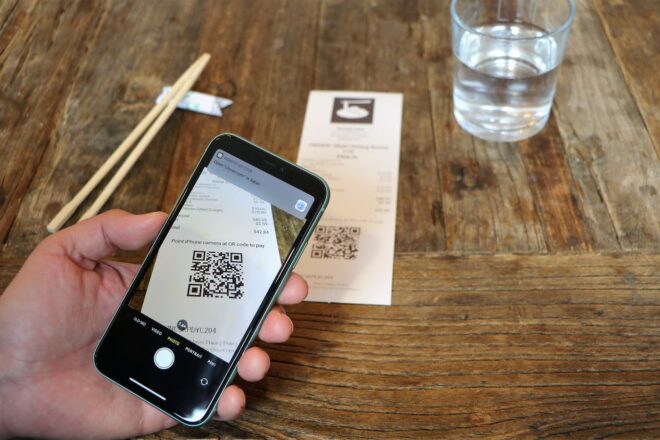Happy hour overhaul: Rethinking your drink special (Part 2)
Editorial Team
7 min read
How can the venerable tradition of Happy Hour be successfully refreshed for your bar or restaurant? We tapped some top-shelf industry experts, experienced both behind the bar and with boosting the bottom line, for a look at today’s best trends. Last week we published our first 5 tips in Part 1 of this article, and today we’ve got 5 more to keep you thinking.
6. Pack a creative punch—then pair it with oysters or other premium appetizer specials.
Having previously been illegal, Happy Hours are still pretty new to the Chicago area, notes Liz Pearce, owner and operator of acclaimed cocktail lounge The Drifter, located in a former basement speakeasy. (Illinois’ 25-year ban ended in 2015.) And unlike other parts of the country where she’s worked, Chicago still has a lingering aversion to 2-for-1 drink specials, which means that food rules the hour.
“Around here the main the trend I’m seeing is a focus on specials like cheap oysters, pintxos, and things like that,” says Pearce. The most interesting Happy Hour drink trend she’s noticed locally is offering “a cheap punch deal. Broken Shaker always has a punch of the day.”
Given that, in drinking culture overall, Pearce sees popular tastes shifting towards lighter drinks and more adventurous flavors, a good punch can cover both bases—and even better, it’s easy to serve a large volume quickly.
One solid strategy would be incorporating the seasonal ingredients approach into fun, inventive punch options paired with small bites—ideally along a theme. Change things up to keep people interested in sampling what’s new.
Even better if you can add some wit and creativity to naming each punch. Again, think social media and make hashtags an extra ingredient.
7. Think outside the after-work box: Happy Hour can be any hour (or hours).
One of the best ways to stand out from the local competition is to break the mold. Today, more bars and restaurants are extending the boundaries of what a Happy Hour can be, and when it can occur.
Late night is a prime target.
Research conducted by the National Restaurant Association found more than 50% of consumers under 35 make numerous late-night restaurant visits monthly while only about 25% of older consumers are that active. Additionally, “41 percent of consumers aged 21-34” report that drink specials “are very important to their decision” when it comes to patronizing a late-night restaurant.
8. Measuring Happy Hour success is not an exact science.
One critical question that planning successful Happy Hours invites is how to evaluate the economics. For example, is it ever worth taking a loss?
In her experience spanning dive bars to high-end cocktail lounges, Liz Pearce has encountered a range of Happy Hour approaches and mindsets. “It really depends on the kind of business owner you are, and how you arrange your budget.”
“I have definitely worked for people who said they needed to make their margins on everything, every time. But I’ve also worked for people who viewed it more as marketing dollars in order to bring people in.”
“Personally, I fall somewhere in between,” Pearce explains. “To make your numbers, I find that small snacks during Happy Hour will lead people to drink more full priced drinks or menu items later on.”
Take a more holistic approach to Happy Hours. Are they achieving that macro objective? You might not see your return on a Monday night Happy Hour until Sunday brunch, for example, but the “trailer” principle is about converting drop-ins to regulars by highling the best of your brand.
Says Pearce: “I guess it’s less of a practical science, and more of a social science.”
9. Maximize your entertainment value.
Truly impactful Happy Hours, as previously noted, deliver a great experience. Essentially, you’re hosting a party—and doing so should naturally include creating an entertaining atmosphere.
Start with your target audience then reverse-engineer the best music and lighting to support the atmosphere that suits their preferences. Remember: Happy Hours are always a work in progress. You’re trying to build an audience week after week, and should always be adjusting and experimenting, listening and observing, refining your formula.
Technology now also allows you to make the music experience interactive with digital jukebox platforms like Rockbot. Designed with bars in mind, their service includes Rockbot Request, letting “you create an experience that keeps people in the bar longer and makes them want to tell their friends about you.”
Sam Barron has noticed a lot bars having success by incorporating trivia contests, bingo, board games, and shuffleboard into their Happy Hours—tactics that really engage as well as entertain customers. “Happy Hour is when the conversation happen,” he explains. “You’re mixing the regular booze hounds with the after-work crowd, so it’s great to have activities that people can connect around.”
That said, the tactic isn’t as simple or easy as just buying a few games. As with any other customer-touching aspect of your business, it needs to be thoughtfully managed into an experience.
10. Shift slow nights into the fast lane by outsourcing the fun to experts.
Broadly Entertaining, headed up by Giana DeGeiso and Jamie Rosler, serves a range of private and corporate clients, offering them over three decades of combined experience in performance, hosting, and event management. And one their leading specialties has become “bar entertainment”.
Working with multiple independent bars, DeGeiso and Rosler have developed a loyal following for their signature “Drunken Jenga” nights among similarly whimsical, humor-driven takes on bingo and trivia contests, all hosted by an experienced team of performers adept at working a crowd—and building one over time.
One inherent advantage to working with an experienced independent events company is that you immediately benefit from their marketing resources. Also, while you may be fortunate to already have staff who are natural entertainers, it’s likely better if your employees can focus on serving while your events team manages the entertainment side of engaging guests.
Many bars these days hire Broadly Entertaining to “grab that Happy Hour crowd and extend it for longer,” explains DeGeiso. Sizing up works best for the challenge “varies from bar to bar, and from neighborhood to neighborhood,” Rosler emphasizes. “Every client has different needs.” But the key factor is atmosphere.
“It’s about facilitating a hang with an atmosphere you want to be in,” explains DeGeiso. “And you get that from people, from relationships, so it’s important that your staff is also having a good time to foster that welcoming vibe. If your staff isn’t happy to be there, your customers won’t be either.”
Find an events team with bar experience to help you turn a consistently slow time into a destination time for a desired audience. Just make sure you shop around for an entertainment sensibility that suits your brand.
And, as with anything else, evaluate what works, listen to your customers, and calibrate accordingly.
“With Broadly Entertaining, you get all the materials needed for an event along with professional entertainers as the hosts,” says DeGeiso, highlighting the value of people adept at working a room. “Our team features experienced actors, stand-up comics, and improvisers who know how to be on a microphone and entertain a group effectively.”
The bottoms-up bottom line:
Surprise. Delight. Refine. Repeat.
And remember, as The Emerson’s Sam Barron emphatically declares: “Happy Hour works. Forever and always.”
Here’s wishing you many Happy Hour returns.
Missed the first part of this series? Read more about Happy Hour Overhaul: Rethinking your drink special (Part 1).
Related Posts
Is your cashier checkout script boosting profits?
How to help increase restaurant revenue with digital payment solutions
Popular Topics
Stay In Touch
Sign up and learn more about Clover.
Thank you for your subscription!
Recent Stories
- Top management skills all small business owners should have
- Embracing innovation: The power of loyalty programs in modern communication
- Finding the best suppliers for your restaurant: A simple guide
Please share your contact information
to access our premium content.
Thank you for sharing your contact information.
Download Now





